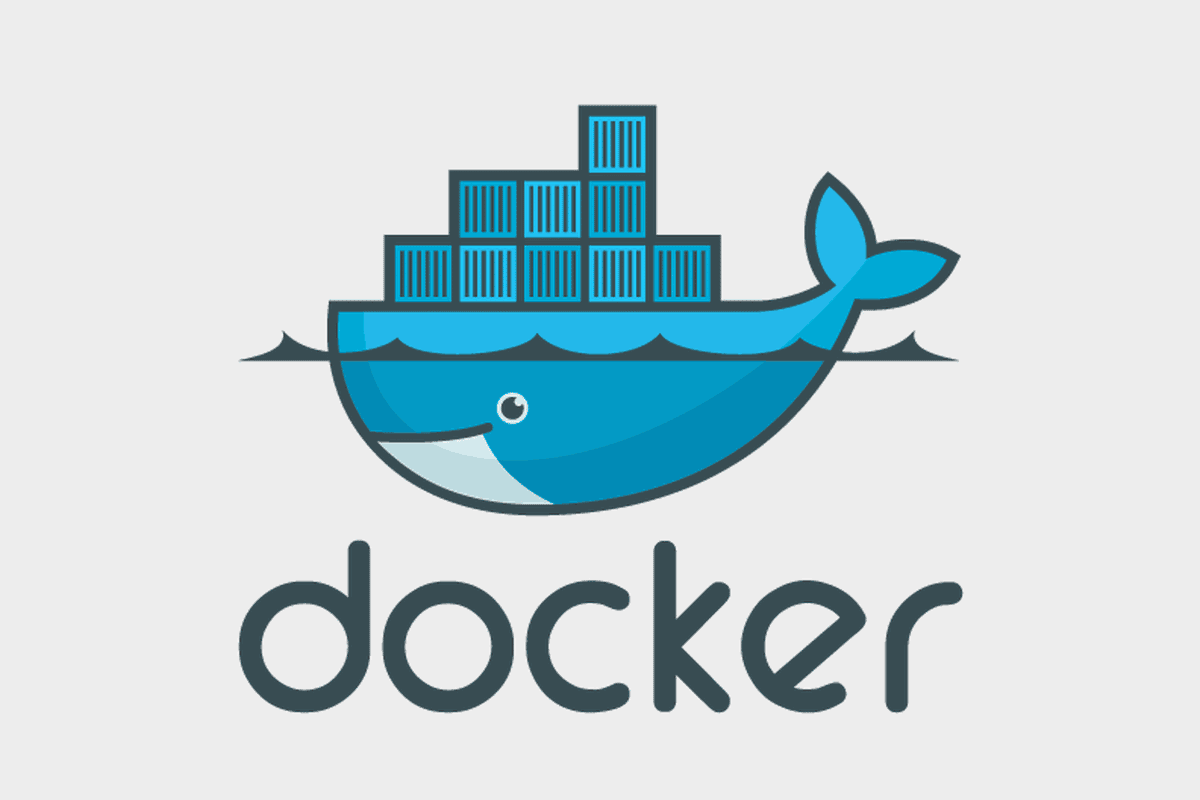Day-23 | Introduction to Containers | Learn about containers in easy way.
 Alvin macharia
Alvin macharia
What is a Virtual Machine (VM)?
Virtual Machines (VMs) revolutionized the way we deploy and manage computing resources. A VM is essentially an emulation of a computer system within another. It runs an operating system (OS) and applications just like a physical machine but is hosted on a hypervisor, allowing multiple VMs to share the same physical hardware. Each VM is isolated from the others, providing flexibility, resource efficiency, and improved scalability.
Problems with VMs:
While VMs have been a game-changer, they come with some inherent challenges:
Resource Overhead: VMs include a full OS and can be resource-intensive, leading to overhead in terms of memory and storage usage.
Slow Boot Times: VMs often have slower boot times as they need to initialize a complete operating system.
Limited Portability: Moving VMs between different environments can be challenging due to dependencies on specific OS configurations.
How Containers: A Docker Perspective
Containers offer a lightweight and portable alternative to VMs. They package applications and their dependencies into a single, self-contained unit. Unlike VMs, containers share the host OS's kernel, making them more efficient in terms of resource utilization and faster to deploy.
What is a Container?
A container is a standalone, executable package that includes everything needed to run an application, including the code, runtime, libraries, and system tools. Containers are isolated from each other, ensuring consistency across different environments.
Container Use-Cases:
Microservices Architecture: Containers are well-suited for microservices, allowing developers to build, deploy, and scale individual services independently.
DevOps and Continuous Integration/Continuous Deployment (CI/CD): Containers streamline the development lifecycle, enabling faster and more consistent deployment processes.
Resource Efficiency: Containers share the host OS kernel, reducing the overhead associated with running multiple VMs.
Scalability: Containers can be quickly scaled up or down based on demand, making them ideal for applications with varying workloads.
What is Docker?
Docker is a leading platform for containerization. It provides tools to simplify the process of creating, deploying, and running applications in containers. Docker uses a client-server architecture, where the Docker client communicates with the Docker daemon, responsible for building, running, and managing containers.
Docker Life Cycle:
Build: Developers use Dockerfiles to define container configurations. The
docker buildcommand creates an image from these configurations.Ship: Docker images are stored in repositories. They can be pushed to and pulled from Docker Hub or private registries.
Run: The
docker runcommand creates and starts containers based on a specified image. Containers run in isolation, ensuring consistency across different environments.Deploy: Docker simplifies deployment by providing a consistent environment for applications across development, testing, and production.
Problems with Docker:
Security Concerns: Although Docker provides isolation, vulnerabilities in the host kernel could potentially impact all containers.
Learning Curve: Adopting Docker requires learning new concepts and commands, which can be challenging for some users.
Persistence: Containers are designed to be ephemeral, and managing persistent data requires additional considerations.
Introduction to Buildah:
Buildah is an open-source tool that facilitates building and managing container images without requiring a full container runtime. It focuses on simplicity and compatibility with other container tools.
Buildah Features:
Image Building: Buildah allows you to create and modify container images without relying on a Docker daemon.
No Daemons: Unlike Docker, Buildah operates without a central daemon, making it suitable for scenarios where daemon-based tools are not preferred.
Image Inspection: Buildah provides commands to inspect and explore container images, aiding in understanding their contents.
Rootless Mode: Buildah supports running without root privileges, enhancing security and making it suitable for environments with strict access controls.
In conclusion, the evolution from traditional Virtual Machines to lightweight Containers has reshaped the landscape of software development and deployment. Docker, as a leading containerization platform, has played a pivotal role in popularizing container technology. Buildah, with its focus on simplicity and flexibility, offers an alternative approach to container image management.
Understanding the strengths and weaknesses of each technology allows organizations to make informed decisions based on their specific requirements and use cases. As the world of containerization continues to evolve, staying abreast of emerging tools and best practices becomes essential for building robust and efficient software solutions.
Subscribe to my newsletter
Read articles from Alvin macharia directly inside your inbox. Subscribe to the newsletter, and don't miss out.
Written by
